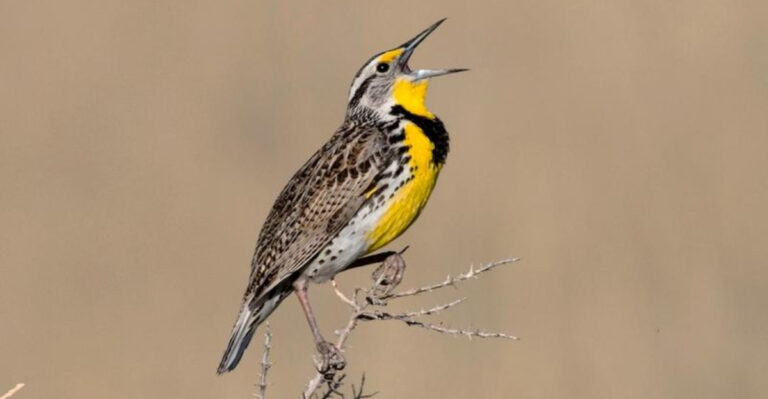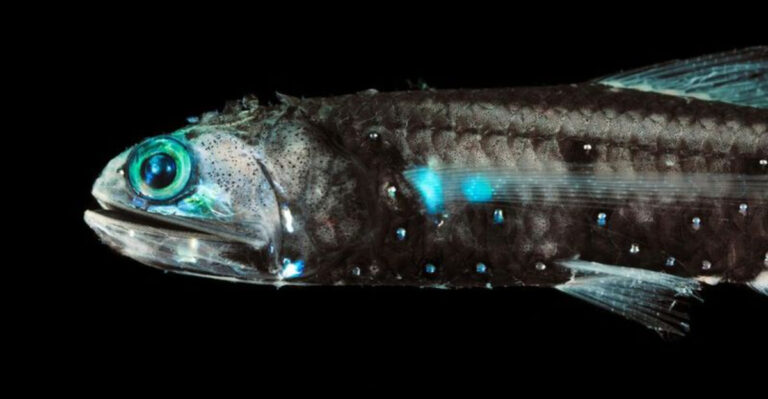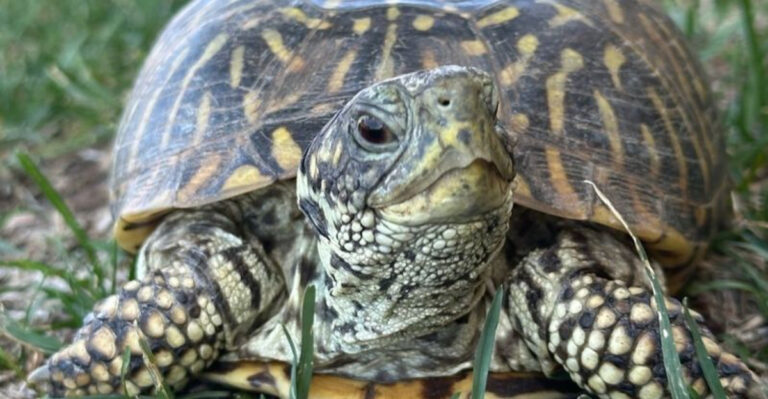How Do Butterflies Stick To Branches During Metamorphosis?
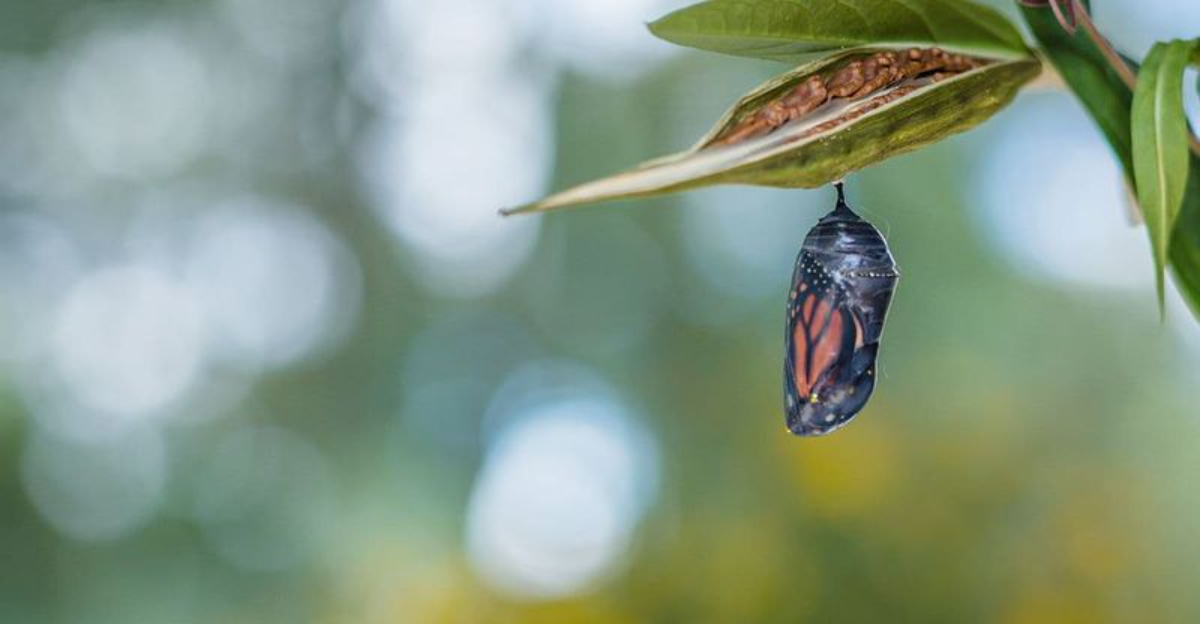
Ever watched a chrysalis hanging from a branch and wondered how it stays put during wild weather? The transformation from caterpillar to butterfly is one of nature’s most amazing magic tricks.
Before taking flight, these incredible insects must first secure themselves safely during their complete makeover. Let’s explore the fascinating ways butterflies anchor themselves during metamorphosis!
Silk Button Anchors
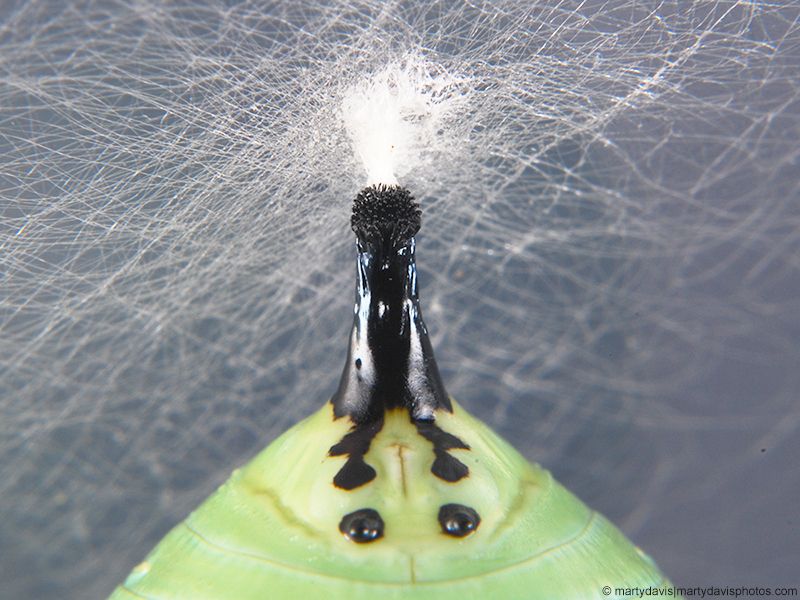
Caterpillars create a tiny silk pad called a ‘silk button’ on the branch before hanging. This special button acts like super-strong glue, keeping the chrysalis in place even during storms.
The silk comes from special glands in the caterpillar’s mouth. Once hardened, this natural adhesive is surprisingly tough – strong enough to support the chrysalis’s entire weight for weeks!
Cremaster Hooks
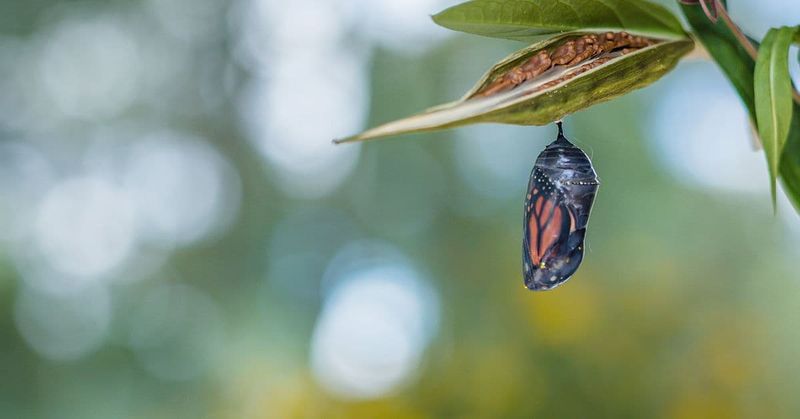
At the tip of the chrysalis sits a specialized structure called the cremaster – nature’s perfect hook system. Imagine tiny Velcro-like hooks that grab onto the silk button.
These microscopic hooks number in the dozens or even hundreds depending on the butterfly species. Once locked in, they create a secure connection that can withstand rain, wind, and even curious birds.
Upside-Down Hanging Strategy
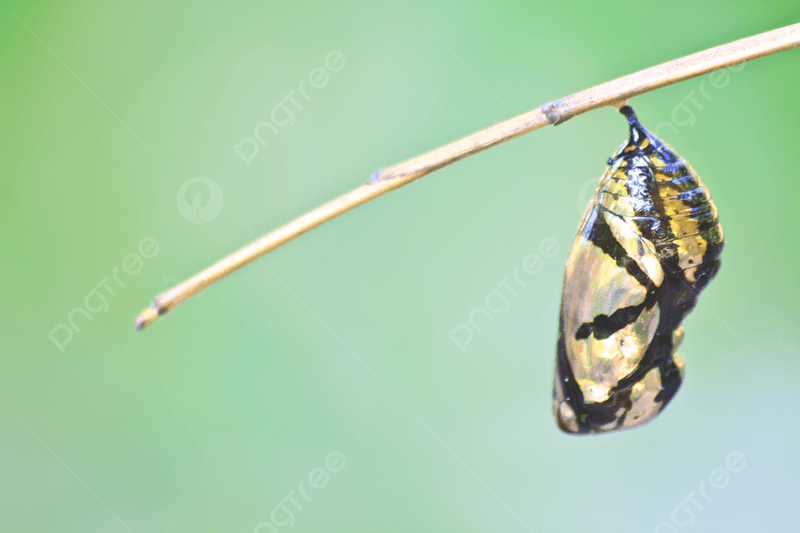
Most butterfly species hang upside down during metamorphosis – a brilliant evolutionary strategy! This position uses gravity to help form their wings properly.
Hanging upside down allows fluid to flow into the developing wings, helping them expand correctly after emergence. The chrysalis essentially uses gravity as a tool while staying securely anchored to its chosen spot.
Girdle Support System
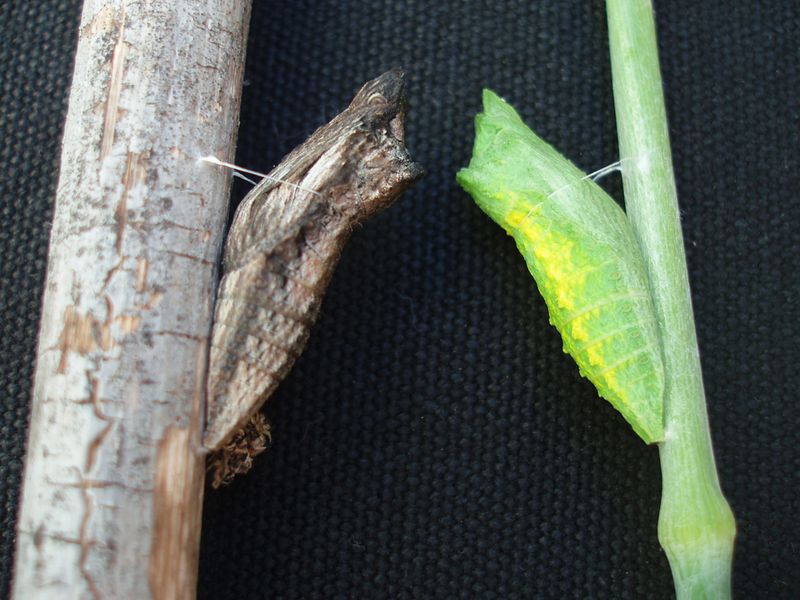
Some butterfly species, like swallowtails, create a silk “safety belt” called a girdle. This extra strap wraps around the middle of the chrysalis and the branch, providing double security.
The caterpillar spins this silk girdle before transforming. With both the cremaster and girdle in place, these chrysalises can position themselves upright or at an angle rather than hanging straight down.
Emergency Release Mechanism
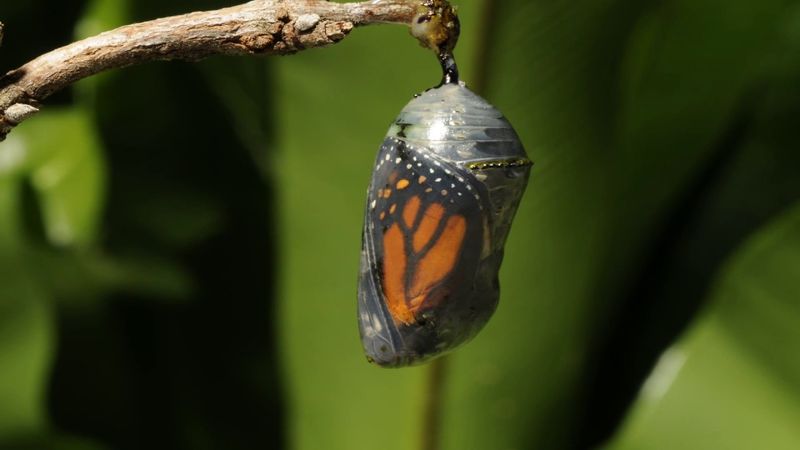
Nature has a backup plan! If a branch breaks, some chrysalises can release themselves and fall to the ground. While not ideal, this emergency disconnect can save them from being carried away by predators.
Once on the ground, they continue development if conditions allow. This ability showcases the remarkable adaptability butterflies have evolved to survive unexpected threats during their vulnerable transformation.
Weather-Resistant Attachment
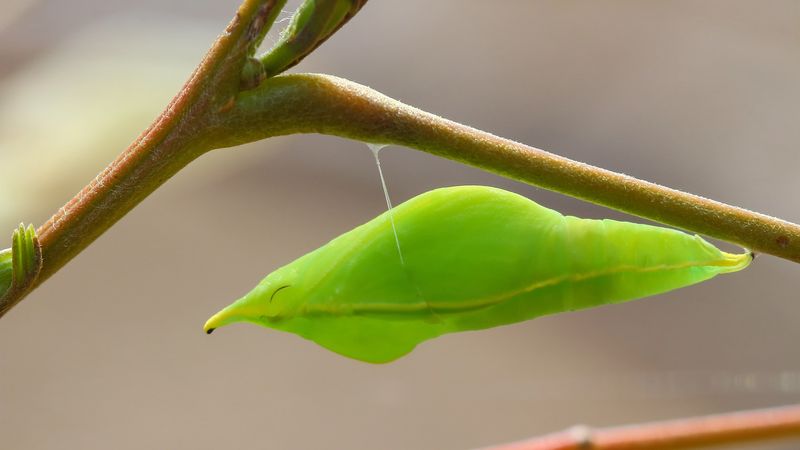
The silk-cremaster connection is surprisingly waterproof! Rain slides right off without weakening the bond between chrysalis and branch.
Scientists studying these attachments have found the silk contains natural water-repellent proteins. This clever adaptation ensures that even during days of heavy rain, the chrysalis stays firmly attached while its miraculous transformation continues inside.
Location Selection Wisdom
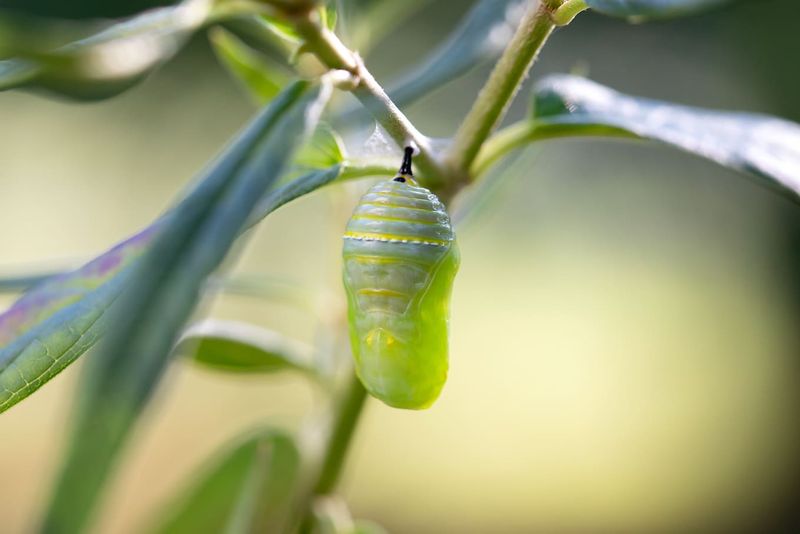
Caterpillars aren’t random about where they attach! They carefully select spots sheltered from extreme weather and hidden from predators.
Under leaves, on the underside of branches, or in dense vegetation are preferred locations. This strategic placement gives the developing butterfly extra protection during its vulnerable transformation period when it can’t flee from danger.
Silk Strength Secrets
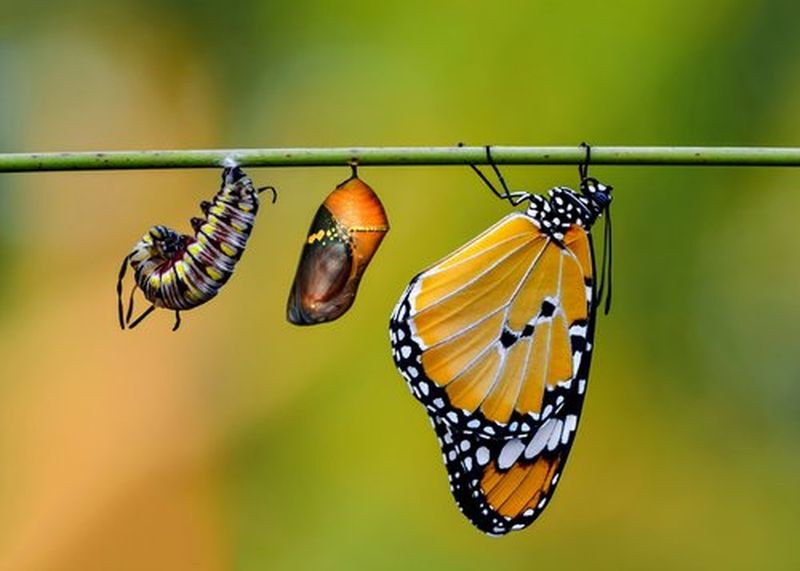
Butterfly silk rivals spider silk in strength! Pound for pound, this natural fiber is stronger than steel and incredibly flexible – perfect for securing precious cargo during metamorphosis.
The silk contains special proteins that form cross-links as they dry, creating a material that’s both lightweight and incredibly strong. This remarkable natural engineering keeps the chrysalis safe through weeks of transformation.
Chemical Bond Boosters
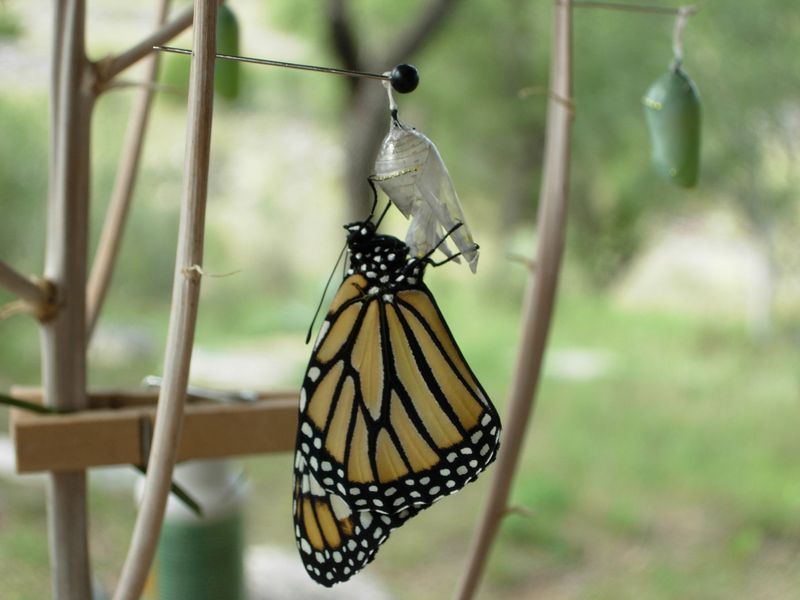
Beyond physical hooks, some butterfly species secrete special chemicals that enhance the stickiness of their silk. These natural adhesives work like extra glue!
The chemicals harden when exposed to air, creating an even stronger bond with the plant surface. This adaptation varies by species, with some tropical butterflies producing especially powerful adhesives to withstand monsoon seasons.
Pre-Flight Detachment System
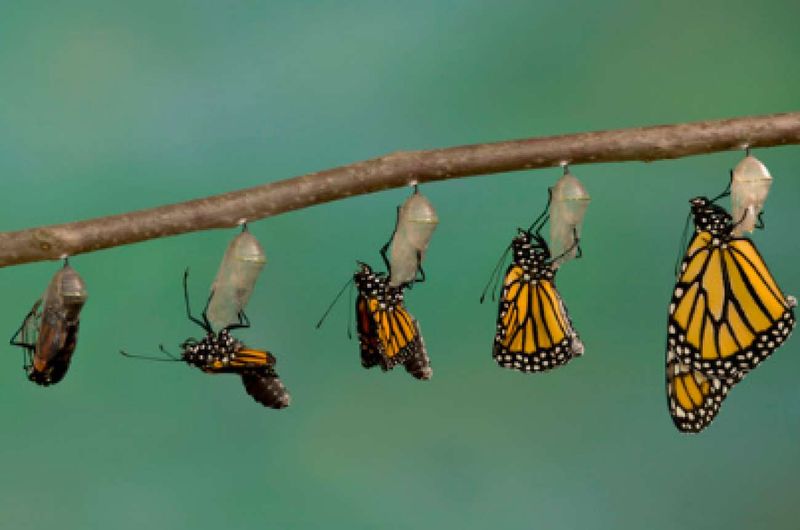
When metamorphosis finishes, butterflies need to break free from their secure anchor. Special enzymes dissolve the connection between the cremaster and silk button.
The newly emerged butterfly pumps fluid into its body, creating pressure that helps separate from the chrysalis case. This final step in the attachment story allows the beautiful insect to finally spread its wings and fly!


